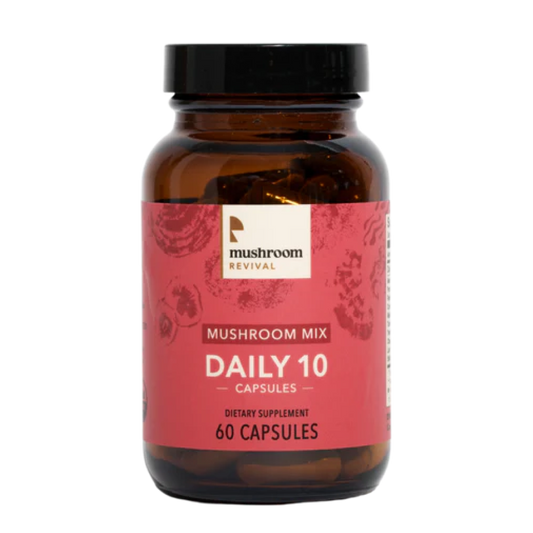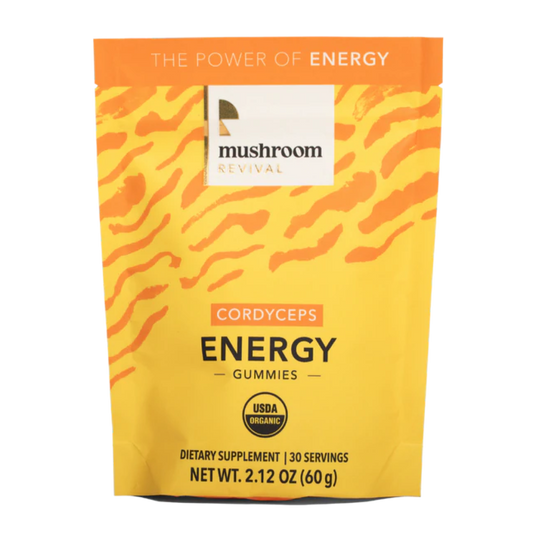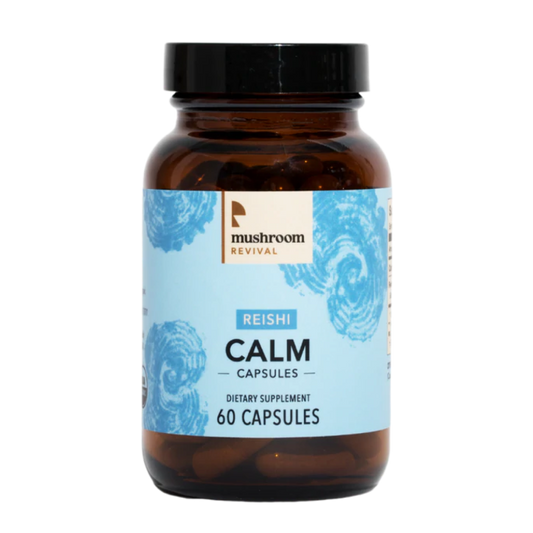Mycoremediation 101: How Mushrooms Can Save The World!

If you’ve ever used any of Mushroom Revival’s Tinctures, you know that mushrooms are an incredible, magnificent source of support for your body.*
Their benefits don’t end there though. Not only can they do so much good for your body, they can also do so much good for the planet through mycoremediation.*
Learn everything you’ve ever wanted to know about mycoremediation, and how mushrooms can save the world in this all-encompassing guide.
What is Mycoremediation?
Mycoremediation is a form of bioremediation, which means it’s a process that uses biological agents to break down waste. The biological agents used in bioremediation can be plants, bacteria, or in the case of mycoremediation, fungi.
In mycoremediation, fungi are used as a sustainable and effective way to decompose waste. Mycoremediation uses fungi to return an environment, like soil or water, contaminated by pollutants to a less contaminated state.
How Does Mycoremediation Work?
Fungi are well-equipped for this task because their primary role in the ecosystem is decomposition. Fungi are nature’s decomposers, breaking down natural materials into soil.
The mycelium in fungi secretes substances, like extracellular enzymes and acids, which break down the two main building blocks of plant fiber, lignin and cellulose. These two organic compounds are structurally very similar to many organic pollutants, which is why mycelium can also break them down.
The key to mycoremediation is matching the right fungal species with the pollutant since certain strains are more successful at breaking down certain pollutants. For example, wood-degrading fungi, like oyster mushrooms, are particularly skilled at breaking down pollutants like hydrocarbons and pesticides.
Fungi can break down the larger hydrocarbon chains into smaller pieces, which enables microorganisms and plants to also work on breaking them down.
If it’s so incredible, and it could possibly be the answer to our planet’s pollution problems, why is no one talking about mycoremediation?
Right now, one of the biggest barriers to using mycoremediation is that not enough people know what it can do. Research on it is still relatively new, and there are a lack of field tests. The tests that have been done though have been very promising, although some small potential downsides have been discovered.
One downside is that using mycoremediation is a slow process, relying on the speed of mycelium’s metabolism. If a polluted area needs to be quickly cleaned then it might not necessarily be the best option.
Another downside of mycoremediation is that it can only reduce the concentration of a toxic compound in soil, not completely get rid of it.
How Can Mushrooms Save the World?
Below are a couple of ways that mycoremediation can be used to save the world, decontamination environments full of pollutants so they are usable again.
Cleaning Contaminated Soil
Through layering mushrooms spawn in contaminated soil with wood chips, you can clean the soil, repairing the earth. Not only will the mushrooms clean the contaminated soil, but they will also decrease erosion, and help recharge the damaged land.

When mushrooms break down compounds they transport them through the soil, using the massive fungal networks that reside below our feet.
Normally, fungi use these networks for the symbiotic relationship they have with plants. Fungi grow adjacent to plants, breaking down and transporting nutrients that plants need to thrive to them. Once the plant absorbs these nutrients they release compounds the fungi need to survive.
Fungi’s ability to transport compounds comes in handy for the pollutants that it’s not capable of reducing into smaller pieces. These elements, like cadmium, arsenic, and mercury, are absorbed by fungi and transported to and concentrated in their fruiting bodies. We can then remove the fruiting bodies, and the contaminated ecosystem is less polluted.
Filtering Polluted Water
Mushrooms are also capable of cleaning polluted water sources. Through mycoremediation, you can remove oil, petroleum products, livestock waste, metal waste, pesticides, and other pollutants from water.
Trichoderma fungi can remove metal from water by collecting and concentrating it in their fruiting bodies. White Rot fungus can break down pesticides from agricultural run-off. Oyster mushrooms are particularly skilled at cleaning up oil spills.
Mycrobales, which are straw bales inoculated with mushroom spawn, can be placed in the path of polluted runoff or contaminated streams to filter them. Similarly, burlap sacks can be filled with straw, cardboard, coffee grounds, and mushroom spawn and used to filter contaminated water.

If you’d love to learn more about the amazing power of fungi, read Mushroom Revival’s Blog or listen to Mushroom Revival’s Podcast. There’s so mush more to know about magnificent mushrooms!
And if you're wanting to learn more about mycomediation, email us at support@mushroomrevival.com for a FREE digital copy of our Founder & CEO Alex Dorr's book all about the subject.
*These statements have not been evaluated by the Food and Drug Administration. This product is not intended to diagnose, treat, cure, or prevent any disease.


























